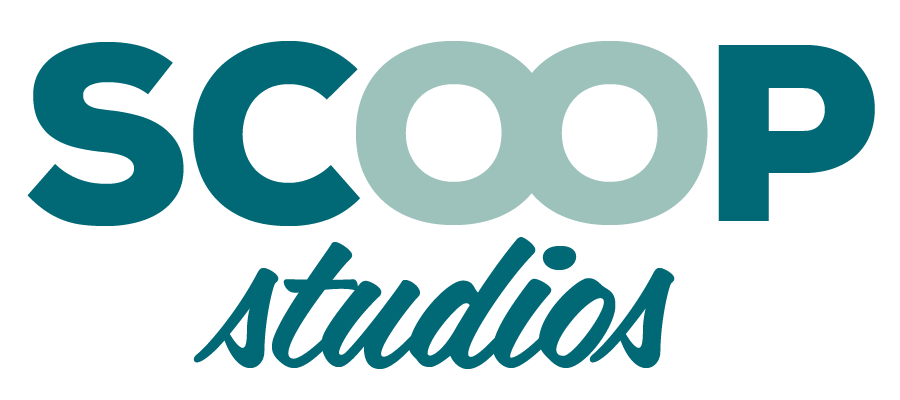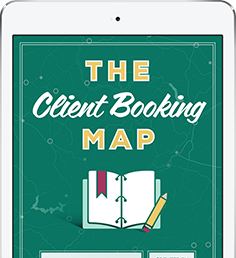
If there’s one email marketing strategy we talk about every single day here at Scoop, it’s email.
And it’s no wonder, because if you run an online-based business, email marketing is the most important tool you have.
I’m willing to bet that as a business owner, you spend a lot of time on your email. From writing a weekly newsletter to figuring out the right subject line to plotting how to build your list.
But there’s probably one big email marketing strategy you’re totally overlooking. Or if you’re aware of it, you’re not using it to the fullest.
I’m talking about list segmentation and tagging.
Before you decide this is an absolutely snooze-inducing topic, give me a second to convince you.
What if you had a way to tailor your email message to the exact right person every single time?
Or to know how many people on your email list actually care about a specific topic?
Better yet, have a way to be of greater service to your audience and make more money in the process?
It’s all possible with tag-based segmentation.
Tagging & Segmentation: A High Level Overview
Before we dive into the nuts and bolts of using a tag-based system and being able to segment your list, it’s important to know that not every email system offers this type of functionality.
As I detailed in this post, tag-based segmentation is not available in Mailchimp or Aweber, but it is available in ConvertKit, Infusionsoft and Ontraport.
The easiest way to think of tags is like a filing system for your email list. Instead of having a bunch of papers spread out all over your desk and no real rhyme or reason to it, you’d have a series of file folders by interest or behavior to put everyone into.
That way when you go to send an email, you can do so with a level of intelligence involved. Instead of just emailing your list with the equivalent of scattershot, you can target your message and offer accordingly.
In short, tags are your secret weapon.
Making the Most of Your Tags
Here’s the thing about tagging and getting smart about segmenting your list. It’s not just going to magically happen – you need a plan!
The sooner, the better.
It may seem like extra work, or like something you don’t need right now, but it’s easier to do it before your list really starts to grow. If you leave it until you really need to get smart about what you’re doing and have multiple offers on the go, it’s going to take a lot more work.
Start early and you’ll be thankful later. Use these steps to get organized:
- List out all the different types of people you have on your list or will have on your list. You can do this by opt-in, topic or where they signed up. (Or all of the above.) As an example, you could have people who opted-in for your recipe book and others for a checklist.
- List out all the ways you wish you could slice and dice your data so you can target your emails better. The key is to make these action-based so you’re looking at things like clicked link, purchased or signed up for webinar.
- Start mashing up #1 and #2 to create smart tags so you have something like “recipe book leads who clicked X link”. Give some thought here to how your brain works and what makes the most sense for what you want to be offering them.
As you’re doing this, focus on keeping it simple so it’s easy for you to manage and actually use.
What Can You Do with Tags?
The better question is…what can’t you do with tags? Once you have tags in place, you can do so many thing things to enhance your email marketing.
>>Target Offers: What if next time you had a specific offer to share with your list, you could create specific emails based on different data about your subscribers? Using tags, you’ll have what you need to create content that’s aligned with what your subscribers are most interested in.
>>Send the Most Relevant Content: Maybe you’ve got two main areas of focus in your business, and those that are interested in topic A typically don’t care about topic B. With tags, you could create newsletter content based on their specific needs or other data.
>>Retarget Those Who Click Specific Links: Let’s say you’re in the middle of a launch and getting ready to close the early bird offer, but you really don’t want to send another email to your whole list. Enter the power to send email only to those who clicked on your sales page in previous emails so you’re only contacting your hottest prospects.
The Recap: Make Your Email Smart and Strategic with Tag-Based Segmentation
With the right email marketing system in place, and a bit of planning, you’ll be well on your way to making your email smart, strategic and most of all, profitable. Get busy with those tags!
And a quick powertip for you – if you’re just starting out or don’t need e-commerce/membership functionality, ConvertKit is both affordable and will give you tag-based segmentation.
If you’re on MailChimp or Aweber and need to upgrade, ConvertKit could be a great step up without extra cost and complexity. And if you have an all-in-one solution that you’re not actually using, it could be a good move to switch to a simpler solution. You can check out ConvertKit with a FREE trial right here.

